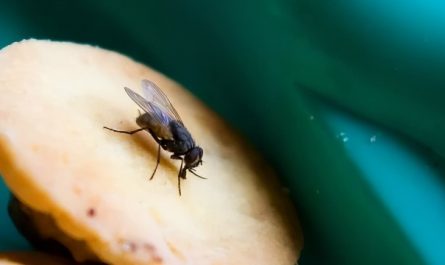In nature, the strategy of life continuation is not absolute. Some species will instinctively mate with inbreedings. For them, inbreeding is not necessarily a risk. Instead, it is an excellent reproduction strategy that can carefully craft the gene pool of the population, rather than blindly expand it.
The hazards of inbreeding
Traditionally, marriage between close relatives is not recognized, and most animals will also develop evasive strategies. For example, when a male lion is approaching adulthood, no matter how distressed it is, the lioness will drive her son out of the lion group, thereby avoiding her Sisters have a relationship.
On the one hand, inbreeding will reduce the adaptability of species in the environment. If the species wants to continue, it needs to create enough samples in order to keep enough fire under the constantly changing environmental filter. Inbreeding is equivalent to working behind closed doors and engaging in small groups, which will greatly reduce the combination of genes in the population, affect genetic diversity, and ultimately make it difficult for species to keep up with environmental changes.
On the other hand, inbreeding will greatly increase the probability of birth defects in offspring. In humans and most living things, a child will get a set of genes from the father and a set of genes from the mother. A child’s genes are a combination of two sets of genes.
If there is a harmful recessive gene (a) in the set of genes given by the father, it will be hidden. But if a is also present in the set given by the mother, then this recessive gene will be expressed, causing birth defects (aa) in the offspring.
Assuming that there is a recessive gene a in the family, it does not matter. Therefore, with a population of billions, the probability of carrying the same (homologous allele) harmful recessive gene is extremely low, so it is difficult to express aa. However, since a will be passed on secretly from generation to generation in the family, the probability of carrying a in the family is very high. If close relatives marry, the probability of offspring becoming aa will greatly increase, which means that the probability of birth defects in offspring will greatly increase. , This is the greatest danger of inbreeding.
Historically, in order to pursue the purest royal lineage, European royal families often had intermarriage between relatives. Most of their offspring were plagued by recessive genetic diseases, and some were even extinct as a result. For example: Charles II, who was in pain all his life and could not give birth to offspring. Because of his too big tongue, he would drool constantly and he could barely speak.
Advantages of inbreeding
Humans often let pets backcross, and scientists will also use hybridization and backcrossing methods to save endangered species. The two things are different in nature, but they all want to get a certain lineage, or to continue a certain uniqueness. gene.
The ancestors of the European royal family have the ability to knock down the country, which means that their genes are more adaptable to the current environment (to be king). The old conception of European royal families believes that close relatives are genetically similar to their own, and mating with them can continue their excellent traits. It’s a pity that they don’t know the hidden dangers. However, some animals instinctively inbred and can avoid the risks.
Creatures that are good at inbreeding
In nature, some organisms only need a set of genes to survive. They are called haploid organisms. Haploid is a weapon against harmful recessive genes. Haploid individuals exist in many plants and animals, such as most insects under the order Hymenoptera, wasps, bees, and ants, and so on.
In some wasps, females get one set of genes from their parents, while haploid males only get one set of genes from their mothers.
Because a male has only one set of genes, he will express all the genes in this set of genes, including recessive genes. If there are harmful recessive genes in this set of genes, it is easy to be eliminated in the animal world where the weak and the human are not human, which means that the harmful recessive genes are easily broken.
Under this cruel breeding strategy, bad genes are more likely to be washed out, instead of hiding harmful genes like most organisms are ambiguous, and more importantly, it can avoid the hazards of inbreeding.
Inevitable inbreeding
In addition to these special organisms, inbreeding also often occurs on “normal” organisms. Human beings have higher intelligence and can be restrained by morality and other means, while other creatures avoid inbreeding only out of instinct. In many cases, this instinct is also lost. For example, there are no mates that can mate other than close relatives, or they are confined to certain environments.
East Africa has a savannah climate. Although there is plenty of rain during the wet season, a hole seemed to be broken in the sky in 1962, and heavy rains flooded the Ngorongoro crater, which is surrounded by towering cliffs on all sides. This place was originally a paradise for animals, with a large number of lions living in it. The heavy rain not only destroyed the lions, but also greatly reduced their prey. In the end, only one male lion and nine female lions were left, and the instinct to avoid inbreeding was broken.
The instinct of reproduction can make the relationship between the lions seem chaotic, with various birth defects, and they are about to die. It wasn’t until human beings couldn’t bear to open a hole in the cliff, and the introduction of foreign lions ended the farce.
In summary
Although inbreeding is harmful and genetic diversity can allow organisms to face changes and disasters calmly, expanding the gene pool is not the only survival strategy. Survival is not that complicated. Just find the right method. For some organisms, inbreeding is not a must.






